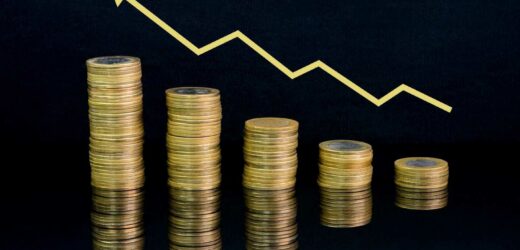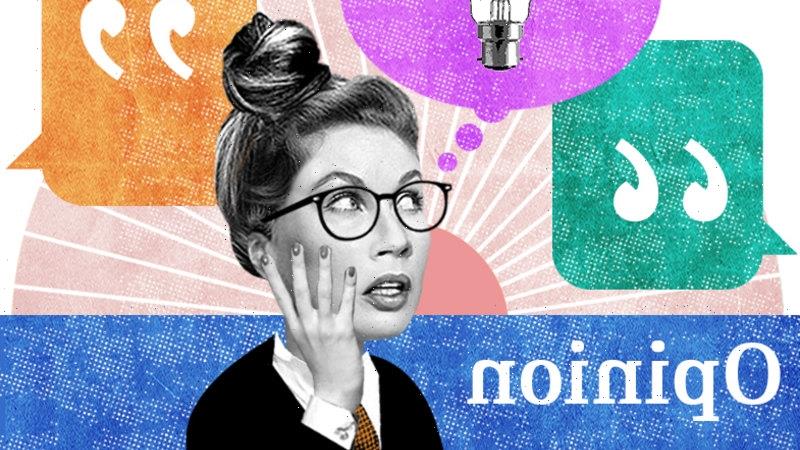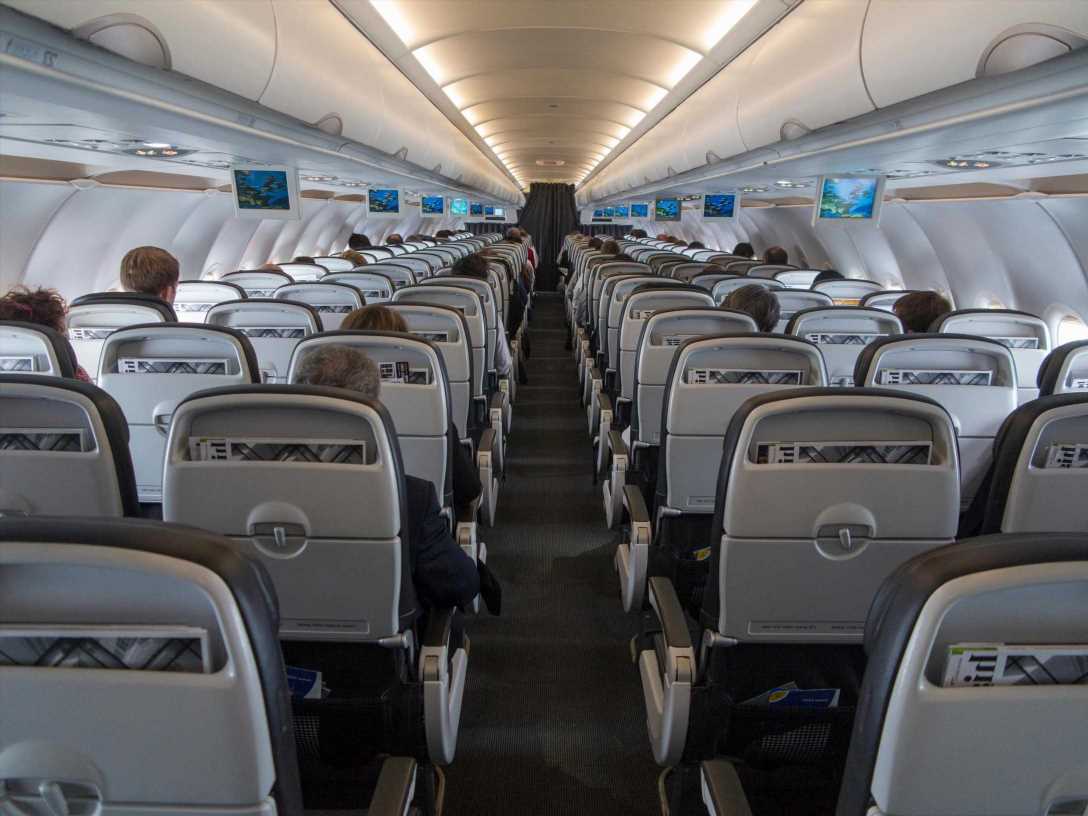INFLATION has hit double figures and has now reached a new 40-year high of 10.1% – but what actually is it?
The consumer price index (CPI) measure of inflation shot up in the 12 months to July, driven by soaring food prices.

With households told to prepare for the worst, you may be worried about how it will affect your household finances and the wider economy.
Here's everything that you need to know.
What is inflation?
Inflation is a measure of how much the price of goods, such as food or televisions, and services, such as haircuts or train tickets, has changed over time.
It is a so-called backward looking measure, which means it indicates what has happened over the past year – it does not predict the future.
The rate of inflation is published each month by the Office for National Statistics (ONS), and this measures how much prices have changed on average over the past year.
How does inflation impact prices?
Inflation doesn't impact prices, rather it is a measure of how prices have changed over the past year.
When it goes up, it means prices on everyday items, essentials, fuel and bills are higher – which means budgets are being squeezed.
The latest publication looked at prices for the year to July 2022 compared to prices for the year to July 2021.
It reported that inflation has risen sharply, driven mostly by higher food prices.
MOST READ IN MONEY
Inflation hits 10.1% piling more pressure on households – what it means for you
Energy bills could 'tip £5,500 in the spring' – and pass £100 a WEEK
Three bedroom home could be yours for £32k – if you're up for a LOT of gardening
Whopping £55m EuroMillions lottery jackpot could be yours TONIGHT
The ONS said the prices of food – particularly bakery goods, dairy, meat and vegetables – and staples – such as toilet roll and tooth brushes.
Depending on what you buy most often, you could be facing higher inflation than the overall 10.1% rate.
What causes inflation?
The inflation rate depends on how the prices of an imaginary basket of goods and services has changed over the past year.
Inflation is measured by the ONS, which collects around 180,000 prices of about 700 goods and services used across the country.
These prices are updated every month with officials visiting the same retailers each time to ensure consistency.
The prices are then weighted with more prominence being given to products people buy more often, such as fuel rather than postage stamps, for example.
There are numerous different measures of inflation that all track slightly different baskets of goods. The main measure is known as the Consumer Prices Index (CPI), and state benefits and the state pension also rise in line with it.
There is also a Consumer Prices Index including housing costs (CPIH) measure, as well as a Retail Prices Index (RPI) measure, which is used to calculate annual rail increases and student loan interest rates among other things.
What is the UK's current inflation rate?
The CPI measure of inflation jumped to 10.1% in July 2022, the latest figures available show.
It's a 40-year high, according to the ONS – the last time a higher rate was recorded was in 1992, when inflation hit 11%.
But households have been told there is worse to come – the Bank of England has said it is likely inflation will reach 13.3% this year.
Inflation is expected to fall a little in August, but it could soar to 13.3% in October when the energy price cap rises again.
What does inflation mean for prices and the economy?
Inflation matters because it affects the value of wages, savings and more. The Bank of England has a target inflation rate of 2%.
This target is set by the government, which believes a small amount of inflation at a stable level is good, because it boosts economic output by encouraging spending, which in turn means businesses can afford to generate employment opportunities.
It can also make goods more attractive to foreign buyers as it can make their currency worth more, comparatively, to another countries.
Conversely, if inflation is too high or goes up and down a lot, it can be hard for businesses to set the right prices and for people to plan their spending.
It can also mean the cost of essential goods and services can suddenly outstrip the buying power of people's wages – this is what we are seeing in the current cost of living crisis.
At the other end of the scale, it's also a problem if inflation is too low or negative, as people may put off spending because they expect prices to fall further.
See our guide on is Is low inflation good or bad? for more information.
What is deflation?
Deflation – or negative inflation – is when the rate of inflation falls below zero.
This can happen when the supply of goods is higher than the overall level of demand. It can also be triggered by lower production costs, or a shortage of money in circulation.
The UK was last in deflation territory in 2015, and though some experts speculated we could see negative inflation as a result of coronavirus pressures on the economy, the latest rise in inflation makes this less likely.
This would mean lower prices for consumers, which on the surface is a good a thing.
But the Bank of England points out that when prices fall, people often don't make purchases as they hope costs will fall further.
And when people stop buying, less money is going into businesses and the economy, which can lead to recession, wage cuts and job losses.
How can I protect my finances against rising inflation?
The best way to beat the price hikes as inflation soars is to check your finances and see where you can cut costs.
Find a high interest savings account if possible to try and make sure your money is growing in line with inflation.
You could save hundreds of pounds by changing your supermarket shopping habits and avoid these mistakes.
Using cashback websites could save you thousands of pounds in the long run.
Source: Read Full Article






